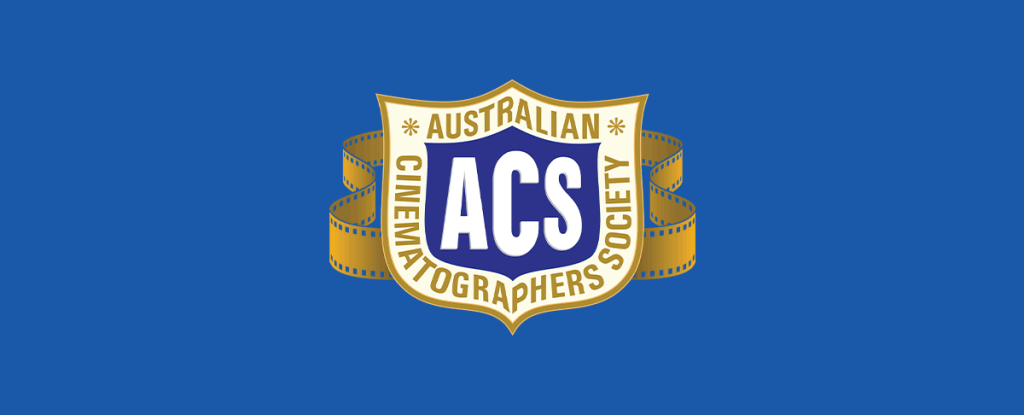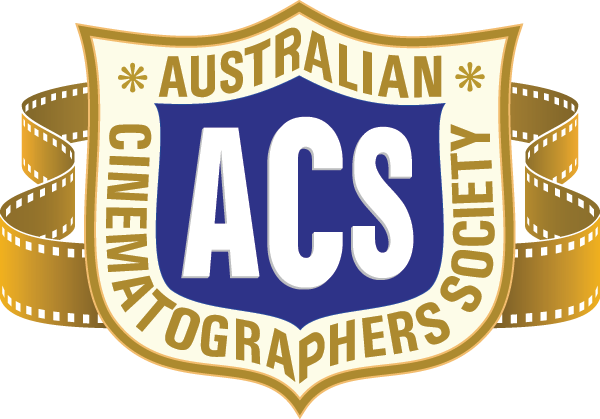Gender Equity Summit ~ Katie Milwright ACS

Report by Katie Milwright ACS
Dates: December 4th and 5th 2016.
I was very happy to join Warwick Field ACS on behalf of the ACS to attend the Gender Equity Summit in Melbourne recently. Panel discussions over the two days were a rounded exploration of issues. There was a bit of ground covered and I’ve editorialised to make sense of it as a Cinematographer.
The Gender Equity Summit in Melbourne’s main agenda was to discuss Gender Equality in the screen industry with a big focus on female representation onscreen.
The significance to us is the lack of female stories and key creatives, notably of course, Cinematographers.
Screen industries around the world are finally beginning to take notice of what is apparent to any female working in the film industry: women are grossly underrepresented on and off the screen in our work. The statistics are embarrassing and undeniable, onscreen there is a one in four ratio of female to male, in the US 7% of directors, 13% of writers, and 20% of producers are female. The numbers in Australia are 16% Directors, 32% Producers and 23% Writers.
Statistics in Australia about Cinematographers are sketchy which prompted me to take a look for myself at numbers of women registered as DPs with agents in Melbourne and Sydney, that small investigation puts the number about 8.5%. I think a proper count is in order so we can be properly informed.
Numbers and statistics reveal how out of whack things are and I have a real problem with this because it has a real impact on creativity and cultural production. Creating work so disproportionately from only one pool of talent means we are missing out on so many rich perspectives that better reflect our audiences. The practical corollary being work that appeals to bigger audiences, and for all of us as Cinematographers, more jobs.
There is an observable trickle down effect when women are employed in key creative roles, down the line more women participate in other key roles. When women filmmakers are employed, the evidence is that they represent women and other socially diverse groups more fairly onscreen, also the ratio of male to female cast goes up to parity.
Media messages matter, they do have an impact on us, particularly children who are learning their place in the world from film and television stories. Madeleine Di Nonno spoke at the summit of this idea “…if she can see it, she can be it…” using an example that there’s been a 105% uptake of Women’s Archery in the US since the “Hunger Games” films. Women are influenced by the images they see on screen both positively and negatively so we should all be concerned about how unbalanced those images are. I’m all for Women’s archery by the way!
We work in an incredible industry that can reach people in their homes
and hearts. We can represent women more fairly if we support alternatives to current norms, that whilst familiar, has many downsides. Repeated at the Summit was: “It’s not an evil conspiracy, it’s unconscious bias not to include women.” So if the bias (from both women and men employing women in the industry) is unconscious, then awakening our minds to this issue seems to be the way forward.
We should be constantly asking ourselves about female alternatives, and by doing so, rattle the cage of the status quo.
Gillian Armstrong said .. ”by counting you make people think about their unconscious bias”…..
This year Screen Australia initiated the “Gender Matters” development grants to great success. With over 500 applications being lodged for projects that were driven by women. This was a record number of applications which suggests that women felt they had a better chance of being funded. Ana Kokkinos pointed out….” it is a tokenistic ‘one off’ fund that only addresses development and doesn’t include Production funding”. Gender Matters is a step in the right direction but we need more permanent measures and more imaginative thinking if things are really going to change.
Ana Kokkinos also related how Screen NSW has changed their approach and has reached 52% of production funding for female led projects in 5 months.
In Australia our industry it’s largely taxpayer funded and women represent half of that tax base, we should be demanding that changes are made to make female representation fairer.
Gender equity targets are felt to be the solution at the moment. Targets do make female participation go up.
I agree that there should be a financial imperative for filmmakers to access Government funding when they engage key creative female talent. I’m not saying films made entirely by men should not receive funding, but there should be an extra carrot offered to engage more women in key roles and more scrutiny about why women aren’t being hired. There has to be a financial incentive or nothing will change. Cinematographers, Production Designers and Editors should be included in Gender targets for funding. Our various Guilds should join together to action this.
Like the footy team who faired the worst last year gets top pick of the draft, so our government funding should put more money towards projects that include female key creatives, to make a more level and fair playing field for everyone.
As cinematographers what can we do to affect a positive change? As a society whose membership is predominantly male, a conversation about Gender Equality need not feel threatening; diversity creates jobs, it doesn’t take them away.
So what can we do to facilitate change?

Any creative person needs self-belief and I certainly have benefitted
from people encouraging me along the way. Research reveals males will always push themselves forward however females need encouragement to do the same. Women are less likely to self promote and should be encouraged to network. I have also found women may not tend to push themselves because the reaction they’ve received hasn’t necessarily been positive.
As Brett Sheehy Managing Director of MTC pointed out during a panel discussion, these observable phenomena around how men and women interact with career development differently mean that we need to be on the look out for female talent and if they’re not coming forward perhaps they don’t feel like they can.
We should be actively seeking out female talent as a Society and when crewing our jobs, not just as a nod to equality, but they might actually be bloody good at their job and have a skill set that you don’t know about.
We need to be aware of how we make the Cinematographers Society and ‘on set’ experience a place where women feel welcomed and included. “On set” life has changed in a very positive way for women since I’ve been in the Industry, but we should all be aware of how inclusive our sets can be. As a head of Department whether you like it or not, people look to you as a guide for their behaviour; whether that is about using your phone on set during a working day or being courteous to others, you set the bar. As DPs we should set an example of inclusivity and respectfulness. Inappropriate disrespectful chatter should be called out. We work long hours together and sometimes basic courtesies can fall away in order to get on with the job, but this should never be at the expense of respectfulness.
When I went to film school, now 20 years ago, I was in a class of 9 women and 7 men. We had some amazing men and women as lecturers and guest speakers, I felt like I could do anything when I left. So it was a sobering to find myself in the real world, where there were very few women running the show. As an aspiring DP I was lucky enough to find myself some terrific mentors in Mandy Walker and Kath Chambers. Also some incredible 1st AC’s like Trish Keating, Rosie Class and Jude Lovatt. 20 years ago I was hopeful things were on the improve, but a long time has passed and things haven’t really moved anywhere. I hope finally now times are changing.
What I’ve always found to be true of the Australian Cinematographers Society is there is an open door. We are comrades that help each other and talk honestly to each other about our work. In doing so we encourage one another to be the best we can be and as a result our work becomes better. I’m excited to see what the work begins to look like when we integrate a diverse pool of talent.
As was beautifully said by performer Georgina Naidu at the Summit, “Shouldn’t our screen industry reflect an imagined future that is a better one”.
Katie Milwright ACS
Check out report by Warwick Field ACS
Katie Milwright ACS and I attended the summit representing the Australian Cinematographers Society. At the outset we agreed to write separate reports on our findings and then confer later. In order to avoid a lot of repetition we compared our essays to put forward a report from two viewpoints that hopefully forms an informative and complete picture of the summit and our thoughts on the subject for the ACS and for anyone interested in reading it. My report is primarily a report on the structure and methods of the summit and my thoughts on the state of equality in the industry. Katie’s report brilliantly explains the history and status of females working in our business from her position as a successful and sought after cinematographer who happens to be female. I am also very pleased to announce that Katie became the first female Victorian ACS member to achieve Accreditation this year. Victoria boasts two other accredited cinematographers, Leilani Hannah ACS and Mandy Walker ACS ASC but they were members in NSW at the time of their accreditation.

